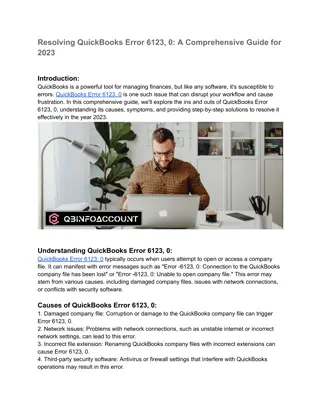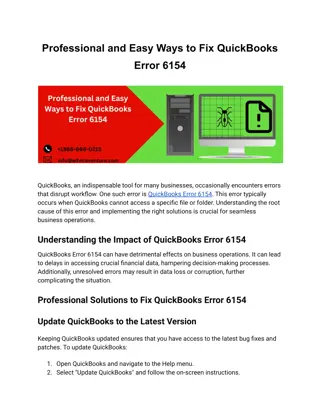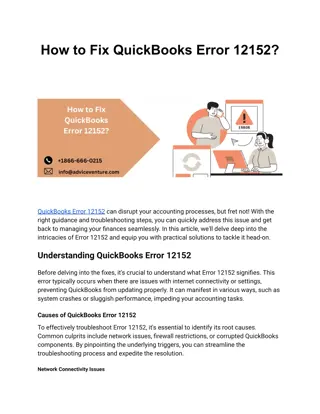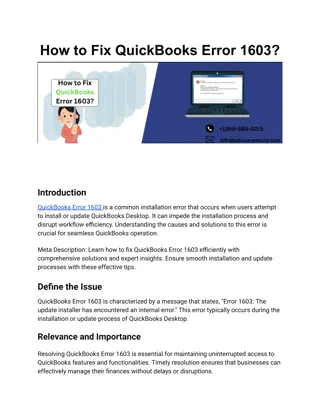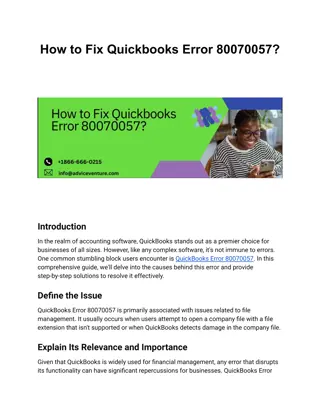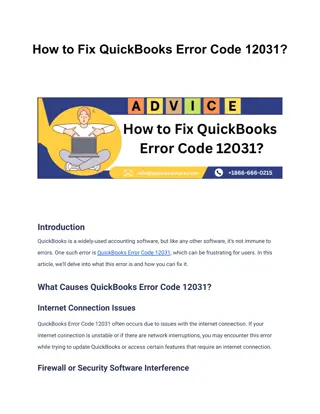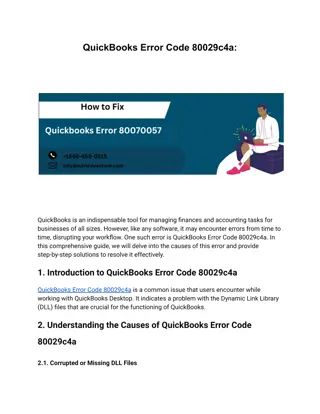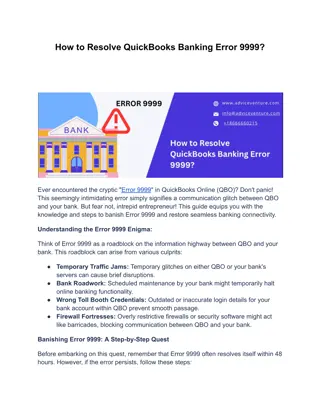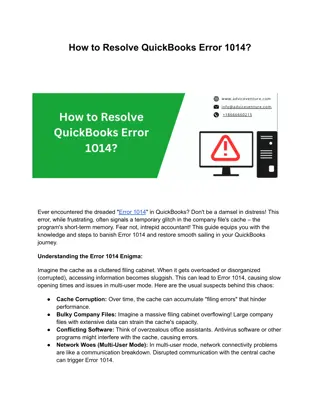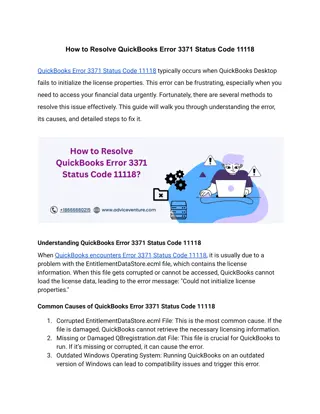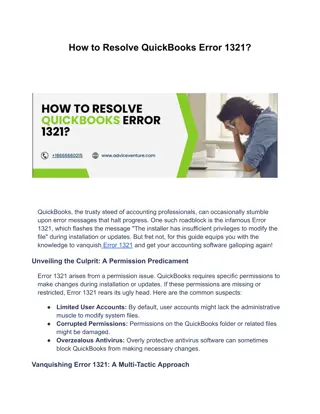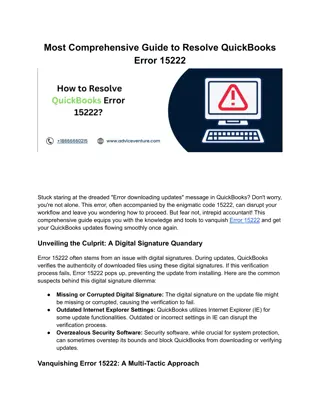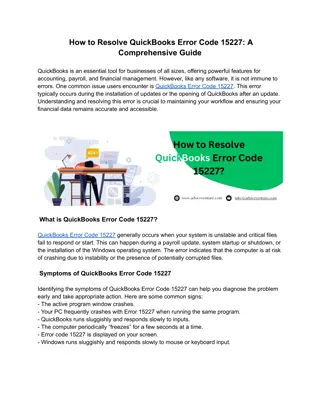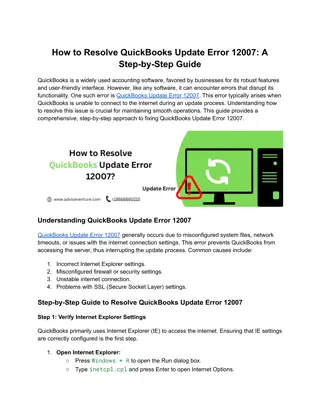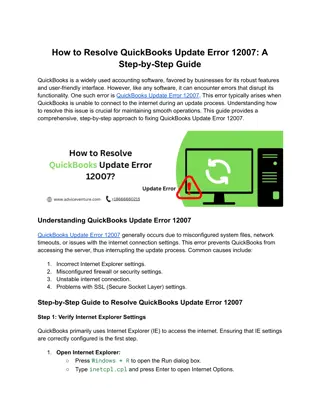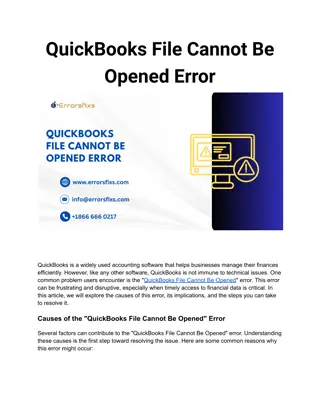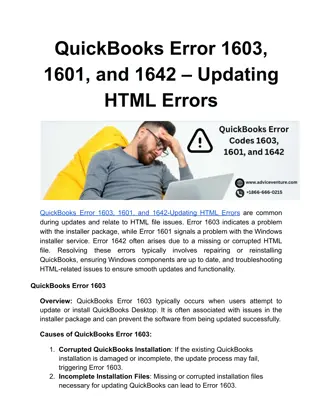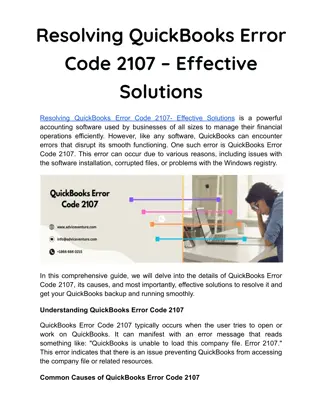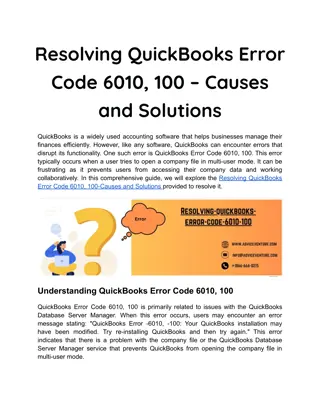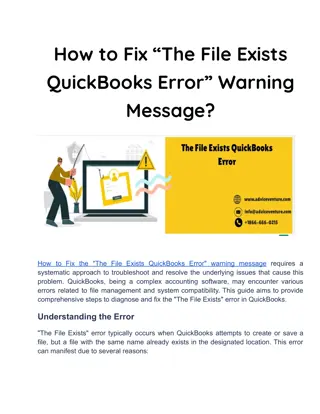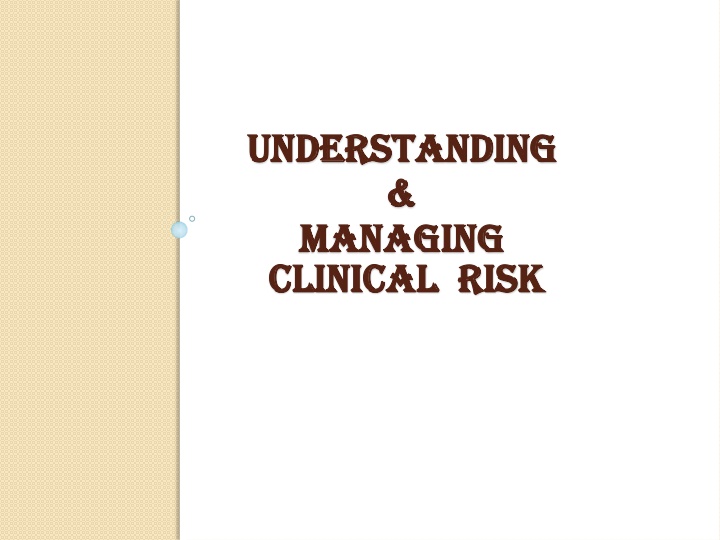
Clinical Risk Management in Healthcare Settings
Learn about clinical risk management in healthcare, including identifying hazards, assessing risks, and implementing strategies to improve patient and staff safety. Explore the process used to manage clinical risks and understand the importance of risk management in healthcare organizations.
Download Presentation

Please find below an Image/Link to download the presentation.
The content on the website is provided AS IS for your information and personal use only. It may not be sold, licensed, or shared on other websites without obtaining consent from the author. If you encounter any issues during the download, it is possible that the publisher has removed the file from their server.
You are allowed to download the files provided on this website for personal or commercial use, subject to the condition that they are used lawfully. All files are the property of their respective owners.
The content on the website is provided AS IS for your information and personal use only. It may not be sold, licensed, or shared on other websites without obtaining consent from the author.
E N D
Presentation Transcript
UNDERSTANDING UNDERSTANDING & & MANAGING MANAGING CLINICAL RISK CLINICAL RISK
Learning objective Identify Common terminology used in risk management Discuss, how you can learn from errors. Identify situational and personal factors that are associated with the increased risk of error. Analyses adverse event and discuss strategies to reduce errors. Recognize risk-management principles in the workplace. Discuss risks or hazards reporting system in the workplace.
Introduction Risk management is routine in most industries Associated with limiting litigation costs: Patients taking legal action against a health professional or hospital To avoid problems, hospitals and health organizations use a variety of methods to manage risks Hospitals are potentially dangerous places for patients as well as medical workers There are a lot of potential hazards in hospitals,
Clinical risk management Hazard: is any activity, situation or, substance that potential to cause harm, including ill health, injury, loss of product and/or damage to plant and property. Blood borne Pathogens Hazardous Chemicals Stress Risk: is the probability that harm (illness or injury) will actually occur. Risk Management: Organizational effort to identify, assess, control and evaluate the risk to reduce harm to patient, visitors and staff and protect the organization from financial loss
Purpose of Risk Management Improve organizational and client safety Identify and minimize the risks and liability losses Protect the organization resources Support regulatory, accreditation compliance Creating and maintaining safe systems of care, designed to reduce adverse events and improve human performance
Process Used to Manage Clinical Risks 1. Identify the risk; 2. Assess the frequency and severity of the risk 3. Reduce or eliminate the risk; 4. Assess the costs: a. saved by reducing the risk b. the costs of not managing the risk.
Process Used to Manage Clinical Risks 1. Identify the risk: Sources for risk identification: Adverse event reports. Mortality and morbidities reports. Patient complaints reports. Assess the frequency and severity of the risk;
Process Used to Manage Clinical Risks 2. Assess the frequency and severity of the risk: SAC (Severity Assessment Code) Score: it is a matrix scoring system/ numerical scores are given to the severity and likelihood of risks and these scores are multiplied to get a rating for the risk
Process Used to Manage Clinical Risks 3. Reduce or eliminate the risk:
Activities Commonly Used to Manage Clinical Risk Incident monitoring: An incident: as an event or circumstance that could have or did lead to unintended and/or unnecessary harm to a person and/or a complaint, loss or damage. Incident monitoring: refers to mechanisms for identifying, processing, analyzing and reporting incidents with a view to preventing their reoccurrence The key to an effective reporting system is for staff to routinely report incidents and near misses.
Activities Commonly Used to Manage Clinical Risk Sentinel events: Is usually unexpected and involving a patient death or serious physical or psychological injury to a patient e.g. surgery on the wrong patient or body site, incompatible blood transfusion. Many health-care facilities have mandated the reporting of these types of events because of the significant risks associated with their repetition
Activities Commonly Used to Manage Clinical Risk The role of complaints in improving care A complaint : is defined as an expression of dissatisfaction by a patient, family member with the provided health care. Complaints often highlight problems that need addressing, such as poor communication or suboptimal decision making. Communication problems are common causes of complaints, as are problems with treatment and diagnosis.
Benefits of complaints Assist the maintenance of high standards; Reduce the frequency of litigation; Help maintain trust in the profession; Encourage self-assessment; Protect the public.
Activities Commonly Used to Manage Clinical Risk Fitness-to-practice requirements Accountability Competency of healthcare professionals. Are they practicing beyond their level of experience and skill? Are they unwell, suffering from stress or illness Credentialing Registration (licensure) Accreditation
Credentialing The process of assessing and conferring approval on a person s suitability to provide specific consumer/patient care and treatment services, within defined limits, based on an individual s license, education, training, experience, and competence.
Accreditation Is a formal process to ensure delivery of safe, high-quality health care based on standards and processes devised and developed by health-care professionals for health-care services. National Accreditation Program: CBAHI International Accreditation Program: Joint commission (US), Accreditation Canada(Canada)
Registration (licensure) Registration of health-care practitioners with a government authority, to protect the health and safety of the public e.g. Saudi Commission for Health Specialties Proper registration/licensure is an important part of the credentialing and accreditation processes
Personal Strategies for Managing Risk and Reduce Errors Care for one s self (eat well, sleep well and look after yourself); Know your environment; Know your task(s); Prepare and plan (what if...); Build checks into your routine; Practice the good documentation: A referral or request for consultation : it is important to only include relevant and necessary information: Keep accurate and complete health- care records Provide sufficient information Note any information relevant to the patient s diagnosis or treatment and outcomes; Document the date and time
Personal Strategies for Managing Risk and Reduce Errors Report any risks or hazards/incidents in your workplace Participate in meetings to discuss risk management and patient safety Respond appropriately to patients and families after an adverse event Respond appropriately to complaints Ask if you do not know. Request that a more experienced person
Summary Medical error is a complex issue, but error itself is an inevitable part of being human. These tips are known to limit the potential errors caused by humans Avoid reliance on memory Simplify process Standardize common processes and procedures Routinely use checklists Decrease reliance on vigilance Learning from error can occur at both an individual level and an organizational level through incident reporting and analysis. Root cause analysis (RCA) is a highly structured systemic approach to incident analysis that is generally reserved for the most serious patient harm episodes
Summary We are responsible for the treatment, care and clinical outcomes of our patients. Personal accountability is important, as any person in the chain might expose a patient to risk. One way for professionals to help prevent adverse events is to identify areas prone to errors. The proactive intervention of a systems approach for minimizing the opportunities for errors can prevent adverse events. Individuals can also work to maintain a safe clinical working environment by looking after their own health and responding appropriately to concerns from patients and colleagues.

